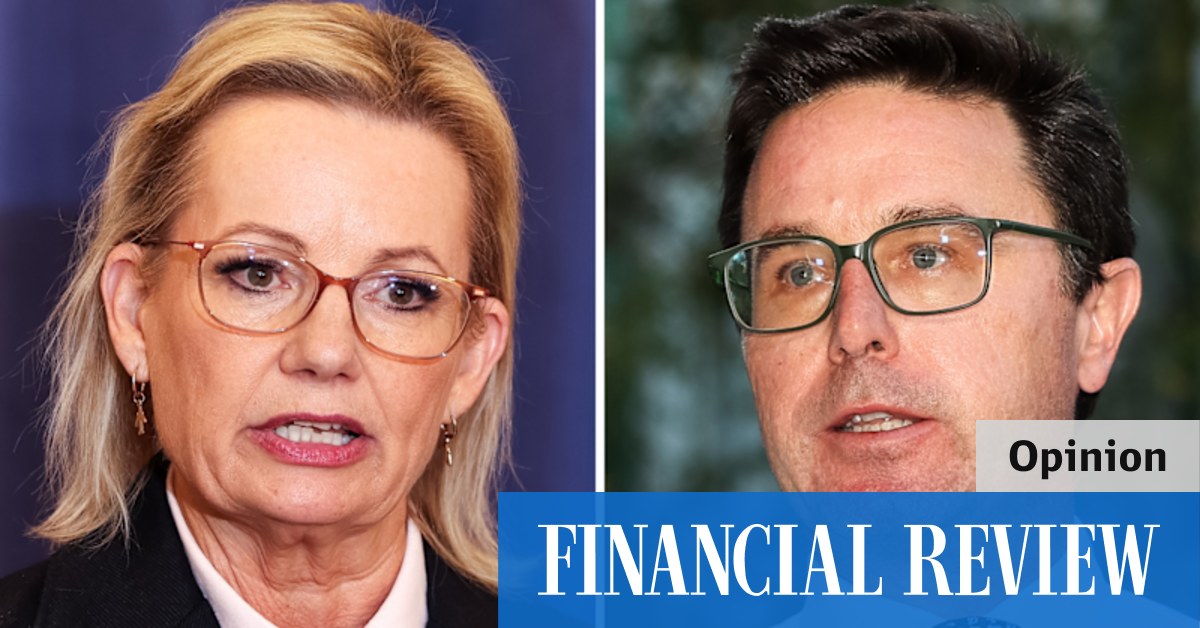Liberal-National Rift: Can the Coalition Heal? A Look at the Fracturing Alliance
The Australian political landscape is once again dominated by whispers of division within the Liberal-National Coalition. Recent policy disagreements and personality clashes have thrown the stability of the governing alliance into question, leaving many wondering: can the Coalition heal its deep wounds and present a united front heading into the next election?
The current rift isn't a new phenomenon. Historically, the relationship between the Liberal and National parties has been one of uneasy truce, punctuated by moments of intense friction. However, the current climate feels particularly fraught, fueled by a series of high-profile disagreements.
Key Sources of Tension:
-
Climate Change Policy: Differing approaches to climate change mitigation remain a major point of contention. While the Liberals have attempted to strike a balance between economic growth and environmental concerns, the Nationals have consistently pushed for a more cautious, industry-focused approach, often resisting ambitious emissions reduction targets. This fundamental disagreement threatens to fracture the Coalition's unified message.
-
Regional Development Funding: Allocation of resources for regional development projects has also sparked conflict. The Nationals, representing rural and regional interests, feel their needs are often overlooked in favor of urban priorities championed by the Liberals. This perceived inequity has led to accusations of broken promises and a deepening sense of distrust.
-
Leadership Challenges & Internal Power Struggles: Underlying the policy disagreements are simmering tensions between individual party members and factions vying for power within the Coalition. The constant threat of leadership spills and internal manoeuvrings create an environment of instability and distract from effective governance.
-
Public Perception & The Erosion of Trust: The ongoing infighting is not only damaging to the Coalition’s internal cohesion but also erodes public trust. Voters are increasingly frustrated by the perceived lack of unity and clear direction, potentially impacting their support at the ballot box.
Can the Coalition Bridge the Divide?
The success of the Coalition hinges on its ability to overcome these challenges. Several factors will determine whether the rift can be healed:
-
Strong Leadership: A decisive and unifying leader capable of mediating disagreements and fostering compromise is crucial. The ability to navigate competing interests and build consensus will be paramount.
-
Effective Communication & Compromise: Open and honest communication between party leaders and members is vital. A willingness to compromise on key policy issues is equally important, requiring both parties to make concessions and find common ground.
-
Focus on Shared Goals: Reiterating the shared goals and values that bind the Coalition – such as economic stability, national security and strong regional representation – is crucial in reminding members of their shared objectives.
-
Rebuilding Public Trust: The Coalition needs to actively work to rebuild public trust by demonstrating unity, competence, and a clear vision for the future. This requires a consistent and transparent approach to policy making and governance.
The Road Ahead:
The future of the Liberal-National Coalition remains uncertain. The current divisions pose a serious threat to its electoral prospects and overall effectiveness. Whether it can overcome its internal struggles and present a unified front will be a key determinant in the upcoming political landscape. The upcoming state and federal elections will be a crucial test of the Coalition's ability to heal its rifts and regain public confidence. Failure to do so could significantly alter the course of Australian politics.
[Call to Action]: What are your thoughts on the future of the Liberal-National Coalition? Share your opinions in the comments below!

